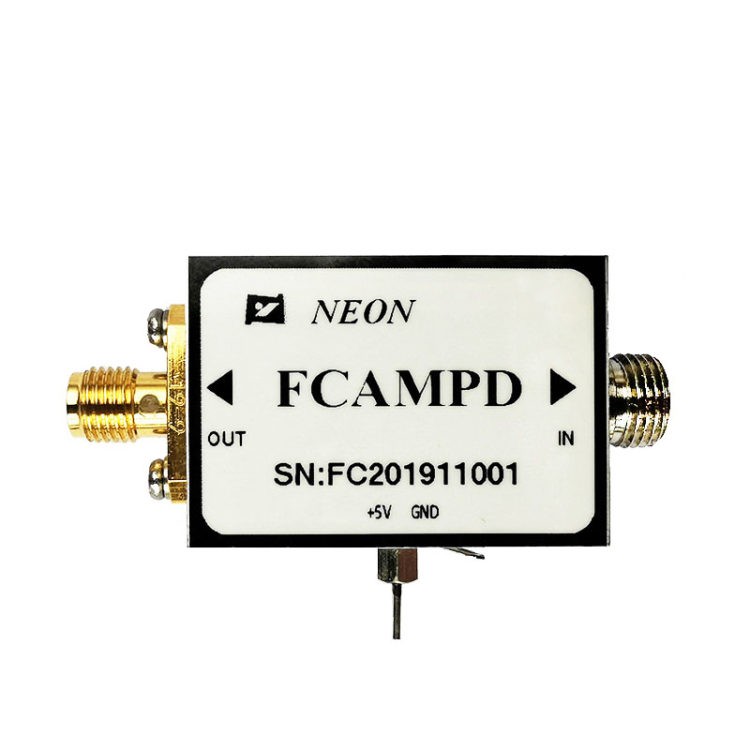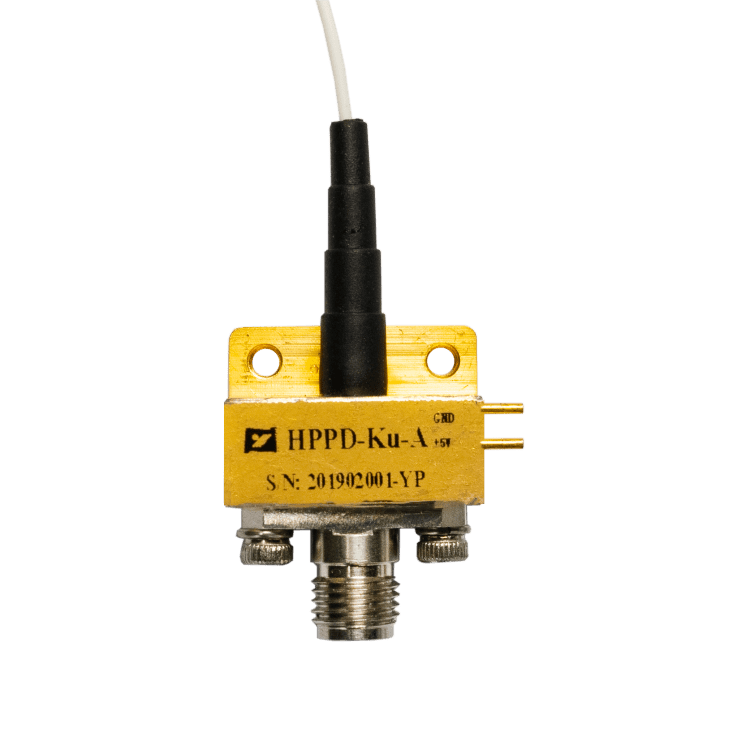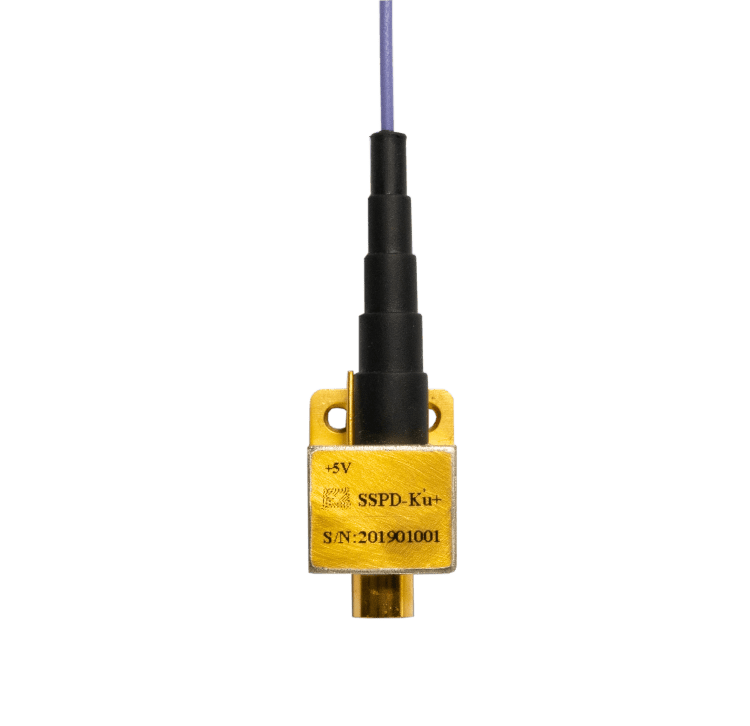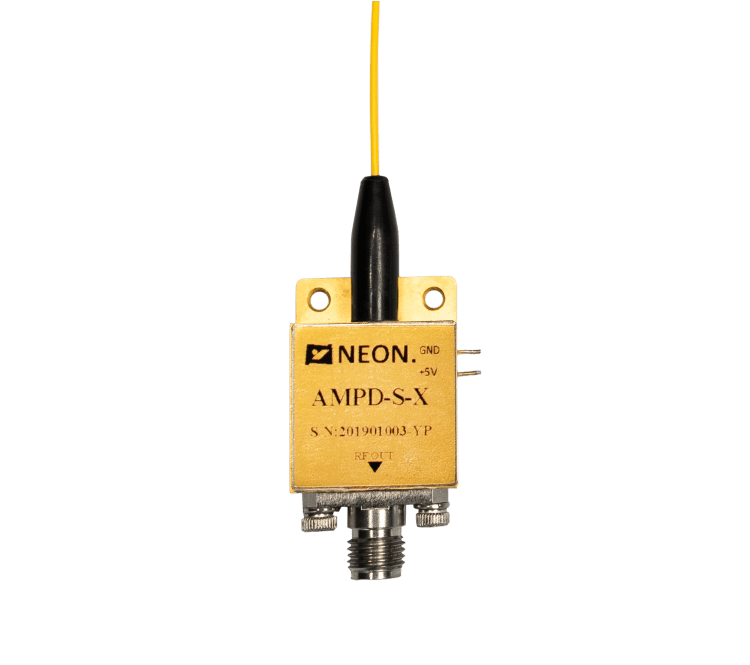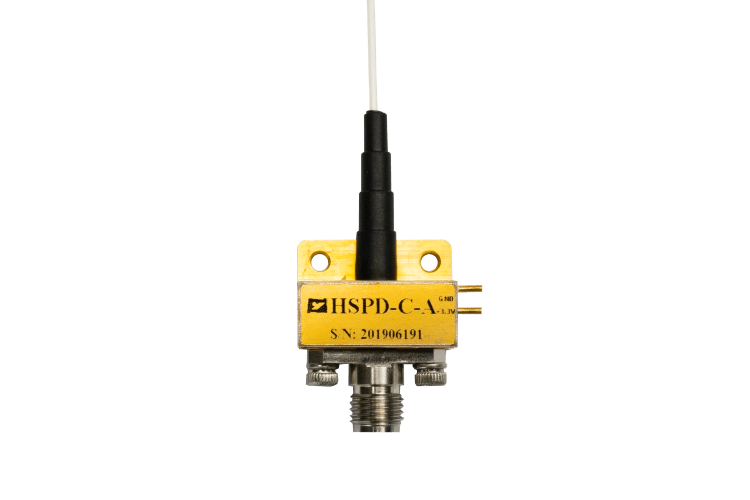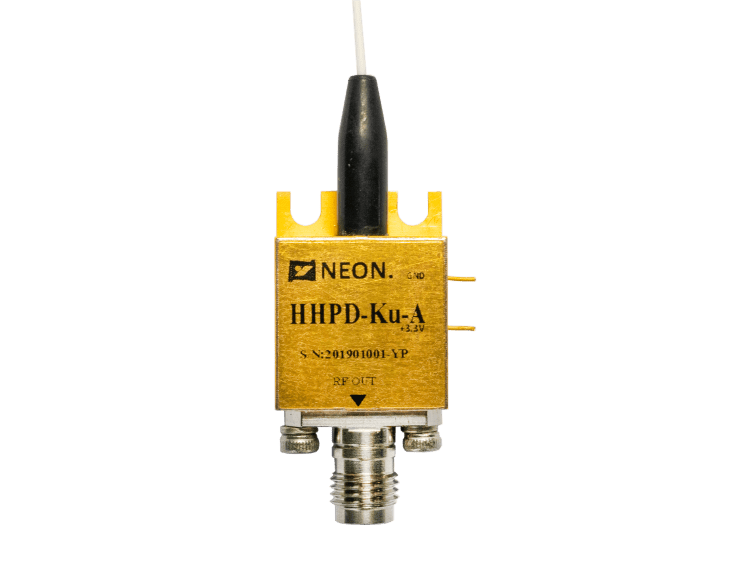Comparing the Difference Between InGaAs and Ge Photodetectors in Emerging Technologies
Photodetectors, those unassuming yet essential devices, play a pivotal role in our modern world by converting light into electrical signals. Their application spectrum spans far and wide, from the covert operations of night vision to the intricacies of medical imaging. Two distinct materials, InGaAs and Ge, have emerged as the frontrunners in the realm of photodetector production, each offering unique properties that cater to specific applications. This article delves into the characteristics of these materials, highlighting their suitability for various purposes and underlining the advancements they have brought to fields as diverse as telecommunications and thermal imaging.
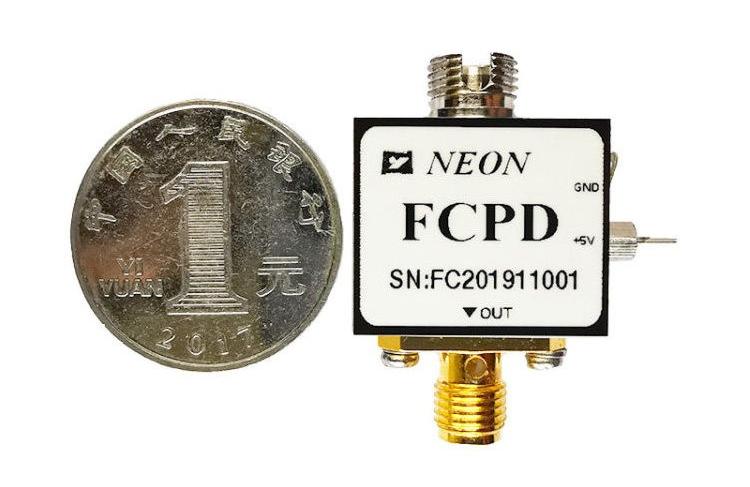
Difference Between Ingaas Photodetectors and Ge Photodetectors
1. Wavelength Range and Specialty
When it comes to photodetectors, one size doesn’t fit all. The wavelength range to which these devices are sensitive significantly determines their effectiveness in different applications. InGaAs photodetectors, with their keen sensitivity to the near-infrared (NIR) spectrum ranging from 800 to 1700 nm, have found their niche in applications like night vision and laser range finding. Conversely, Ge photodetectors thrive in the mid-infrared (MIR) spectrum, spanning from 300 to 1100 nm. This specific sensitivity equips them to excel in fields such as thermal imaging and gas sensing. This stark contrast in wavelength sensitivity underscores the tailored approach required to harness the full potential of photodetectors.
2. Responsivity: Paving the Path for Signal Strength
In the realm of photodetectors, responsivity is the buzzword that measures the efficiency of these devices. InGaAs photodetectors boast a distinct advantage with their higher responsivity in the NIR spectrum compared to Ge photodetectors. This enhanced responsivity translates to a higher output current generated for a given amount of incident light. This feature bolsters the reliability and precision of applications like spectroscopy and medical imaging, where even the minutest signal variations can have profound implications.
3. Bandwidth: Capturing Fleeting Moments
The bandwidth of a photodetector, akin to its responsiveness, is instrumental in capturing rapid changes in the input signal. InGaAs photodetectors outshine their Ge counterparts in the NIR spectrum with a broader bandwidth. This translates to the ability to respond to faster changes in light signals, a capability that holds paramount importance in areas like fiber optic communications. The intricacies of data transmission rely on photodetectors’ ability to keep up with high-speed signals, and InGaAs’ wider bandwidth meets this challenge head-on.
4. Noise: Silence in Signal Transmission
Noise, the unwelcome interference in signal transmission, poses a significant challenge in photodetector applications. Here again, InGaAs photodetectors exhibit their superiority by demonstrating lower noise levels in the NIR spectrum compared to Ge photodetectors. The implications are far-reaching – a cleaner signal produced with minimal interference allows for accurate and reliable data acquisition, essential in fields like spectroscopy and telecommunications where precision is non-negotiable.
5. Cost vs. Performance: The Price of Complexity
The cost-performance trade-off is an intrinsic consideration in any technological development. InGaAs photodetectors, while showcasing remarkable capabilities, come at a higher price point compared to Ge photodetectors. This cost disparity can be attributed to the complexity involved in growing and fabricating InGaAs material. However, the subsequent enhancement in performance often justifies the higher investment, especially in applications where accuracy and reliability are paramount.
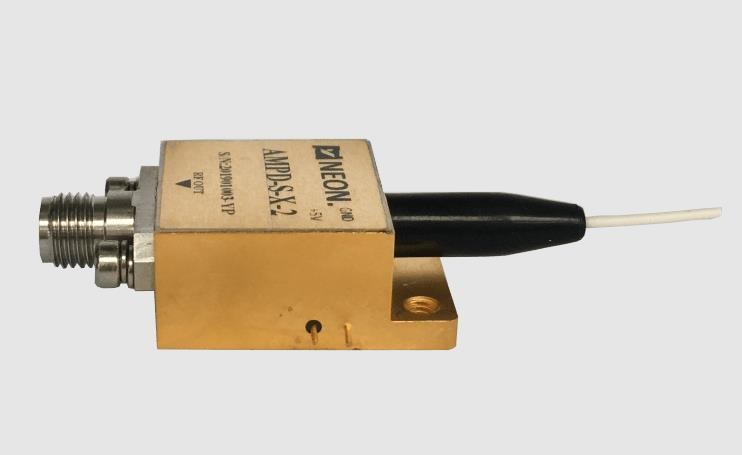
Applications: Bridging Diverse Fields
The versatility of InGaAs and Ge photodetectors fuels their adoption across various industries:
InGaAs Photodetectors:
- Night Vision: InGaAs photodetectors enable clear vision in low-light conditions, making them pivotal in military and security applications.
- Laser Range Finding: Precise distance measurement using laser technology leverages the sensitivity of InGaAs photodetectors.
- Spectroscopy: Researchers employ InGaAs photodetectors to analyze the interaction of light with matter, aiding advancements in material analysis and research.
- Medical Imaging: InGaAs photodetectors contribute to non-invasive medical imaging techniques, such as Optical Coherence Tomography (OCT), for improved diagnostics.
- Fiber Optic Communications: The high responsivity and bandwidth of InGaAs photodetectors facilitate high-speed data transmission through fiber optic cables.
Ge Photodetectors:
- Thermal Imaging: Ge photodetectors excel in capturing infrared radiation emitted by objects, enabling applications in predictive maintenance, security, and more.
- Gas Sensing: Detection of specific gases based on their unique absorption patterns in the MIR spectrum is a pivotal application of Ge photodetectors.
- Telecommunications: Ge photodetectors are integral components in MIR communication systems, extending the capabilities of optical data transmission.
- Military Applications: Ge photodetectors contribute to military surveillance, remote sensing, and threat detection by harnessing the power of MIR light.
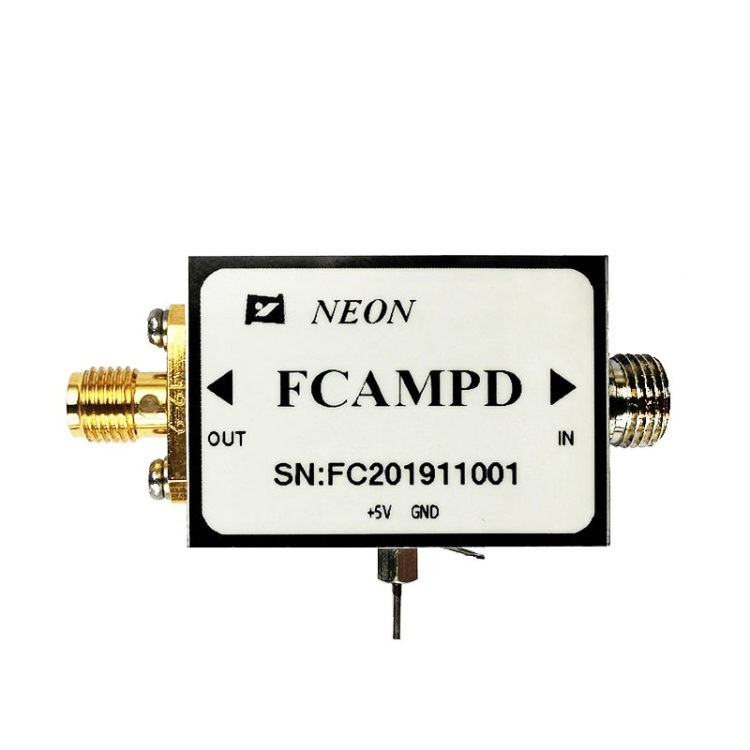
Here is a table that summarizes the key differences between InGaAs and Ge photodetectors:
| Property | InGaAs | Ge |
| Wavelength range | NIR (800-1700 nm) | MIR (300-1100 nm) |
| Responsivity | Higher | Lower |
| Bandwidth | Wider | Narrower |
| Noise | Lower | Higher |
| Cost | More expensive | Less expensive |
| Radiation tolerance | Lower | Higher |
| Ability to be integrated with silicon electronics | Yes | No |
| Applications | Night vision, laser range finding, spectroscopy, medical imaging, fiber optic communications | Thermal imaging, gas sensing, telecommunications, military applications |
Summary
In conclusion, photodetectors are foundational components underpinning an extensive range of applications, each with unique demands on their material characteristics. The competition between InGaAs and Ge photodetectors demonstrates the significance of material selection in achieving optimal performance across various wavelengths, responsivity, bandwidth, noise, and cost considerations. As technology continues to advance, the development of new materials and innovative designs will further enhance the capabilities of photodetectors, driving progress across industries and shaping our technological landscape.


